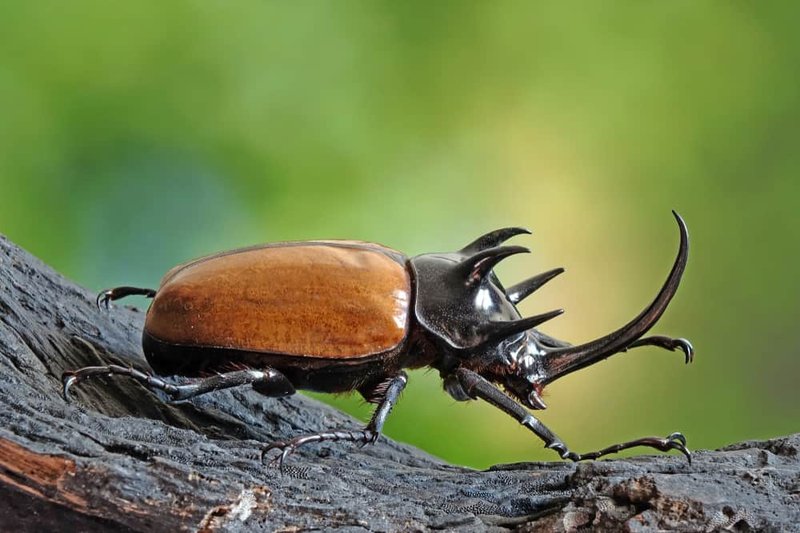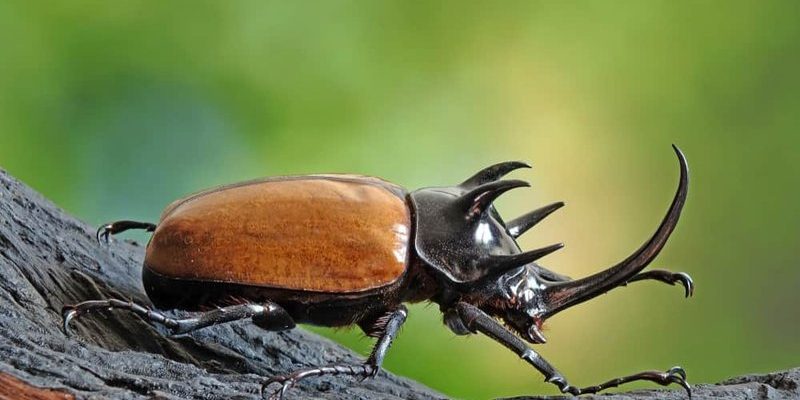
When we dive into the cultural symbolism of the beetle, we’ll find a world filled with significance. Think of it like discovering a hidden treasure that tells us about life, death, rebirth, and even transformation. Beetles have inspired myths, religions, and folklore across the globe. So, grab your favorite beverage, and let’s explore how these remarkable bugs have made their mark in various cultures.
Beetles in Ancient Egypt: The Scarab
One of the most famous beetles in history is the scarab. In ancient Egypt, this little beetle was revered and symbolized regeneration and transformation. You might be wondering, why a beetle? It all boils down to its life cycle. Scarabs lay their eggs in dung, and when the larvae hatch, they emerge from the ground. This emergence was likened to rebirth, making the scarab a powerful emblem of the afterlife.
The scarab beetle was often associated with the sun god Ra. Egyptians believed that Ra rolled the sun across the sky just as the scarab rolls dung balls. People wore scarab amulets for protection and good luck. Picture it: a soldier donning a scarab for courage in battle. Talk about a little insect making a huge impact!
Beetles in Mesoamerican Cultures: The Mayan Connection
In Mesoamerica, particularly among the Maya, beetles also held significant symbolic value. The Mayans viewed certain beetles as messengers of the gods. For example, the *Cocuyo* beetle, known for its bioluminescent properties, represented light and guidance. This was not just scientific observation; it sparked creativity and inspired art as well.
The Mayans believed these beetles had a spiritual connection to the underworld. Artifacts often depict beetles alongside deities, reflecting their importance in mythology and rituals. You can imagine an ancient Mayan priest invoking the help of these beetles during ceremonies—this goes to show how truly intertwined nature and spirituality were in their society.
Beetles in Asian Cultures: Symbolism of Strength and Protection
Across Asia, beetles symbolize various virtues, including strength, protection, and resilience. The Japanese rhinoceros beetle is especially famous for being a beloved pet among children. Its tough exterior represents bravery and tenacity. Honestly, it’s almost like having a tiny warrior in your pocket!
In addition, the Japanese culture often associates beetles with good fortune. People keep them as pets, and they believe that if a rhinoceros beetle lands on you, it’s a sign of luck. Imagine a little beetle being your lucky charm; it’s a beautiful way to connect with nature’s wonders.
The Beetle in Modern Culture: Art and Literature
Fast forward to the modern world, and beetles are still buzzing around in our lives—literally and figuratively. Artists, writers, and filmmakers have drawn inspiration from these insects for centuries. *The Metamorphosis* by Franz Kafka, for example, features a man who transforms into a beetle, exploring themes of identity and alienation. Here’s the thing: this transformation invites deep conversations about how society views those who are different.
Artists often use beetles in their work to symbolize change and the beauty of nature. You’ll find beetle imagery in paintings, sculptures, and even fashion. The aesthetic of colorful beetles inspires both contemporary and traditional designs. Plus, the fascination with beetles has sparked a trendy movement in tattoo art—tiny, detailed beetle designs can be seen adorning skin, representing various meanings depending on the individual.
Beetles as Environmental Symbols: Indicators of Health
Now, let’s talk about the ecological significance of beetles. These creatures play a crucial role in our ecosystems, acting as decomposers and pollinators. In many cultures, the health of beetle populations is seen as a symbol of environmental well-being. If beetles thrive, it often means the environment is healthy too.
Scientists even use beetles as bioindicators. This means that when researchers study beetle populations, they can tell a lot about the health of an ecosystem. So, if you think about it, beetles are not just cultural symbols; they also remind us of our connection to the environment. They symbolize the intricate balance of life and the importance of preserving our planet.
Beetles might be small insects, but their cultural symbolism is vast and powerful. From ancient Egypt to modern art, they tell stories of transformation, strength, and environmental balance. It’s fascinating to see how these little creatures have connected humanity with deeper meanings across various cultures.
So, the next time you spot a beetle scurrying across your path, take a moment to appreciate its rich history and symbolism. Whether it’s representing rebirth in Egypt or good fortune in Japan, the beetle is a vibrant thread woven into the fabric of human culture. Remember, every beetle holds a story, just waiting to be discovered.

